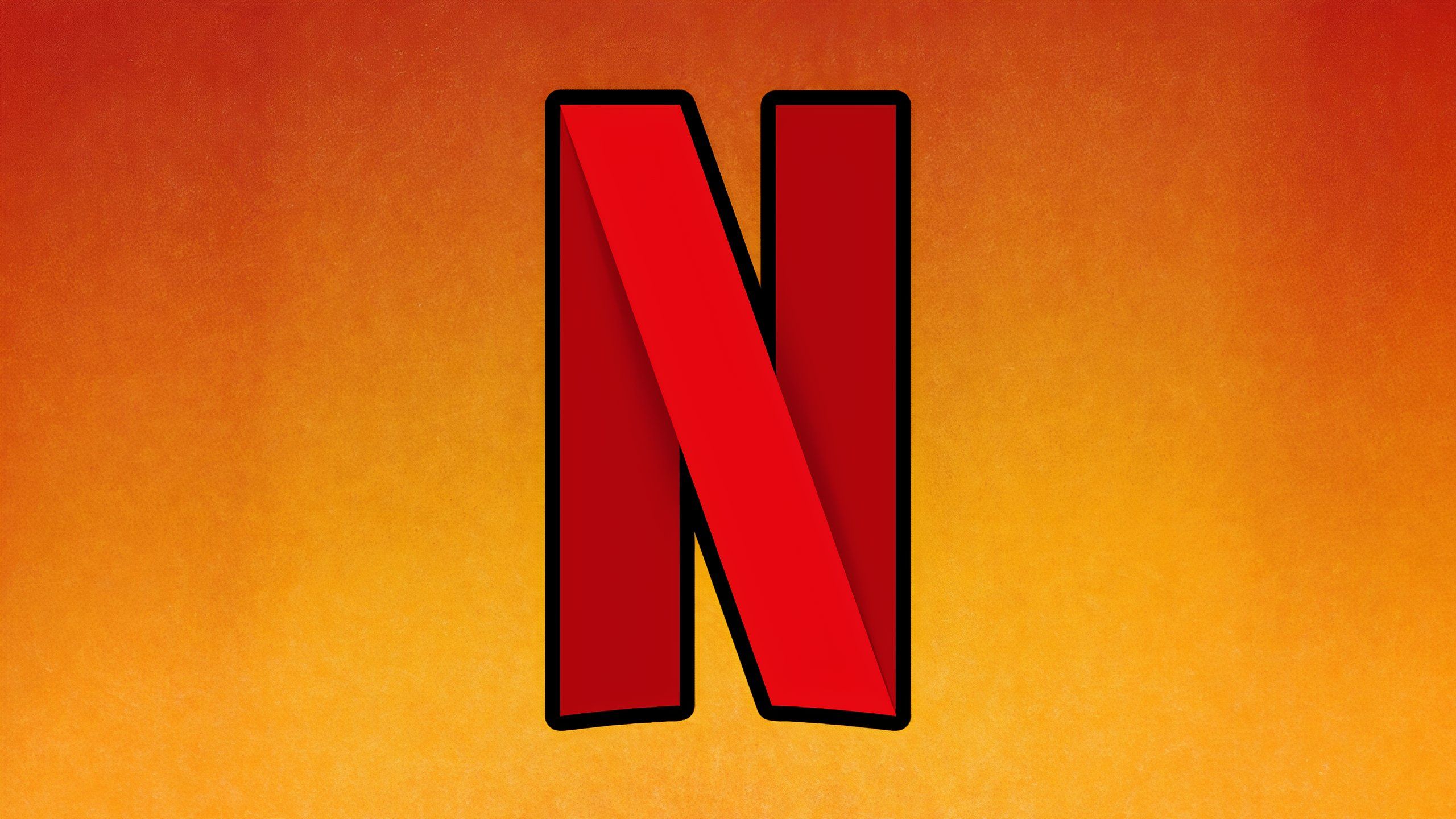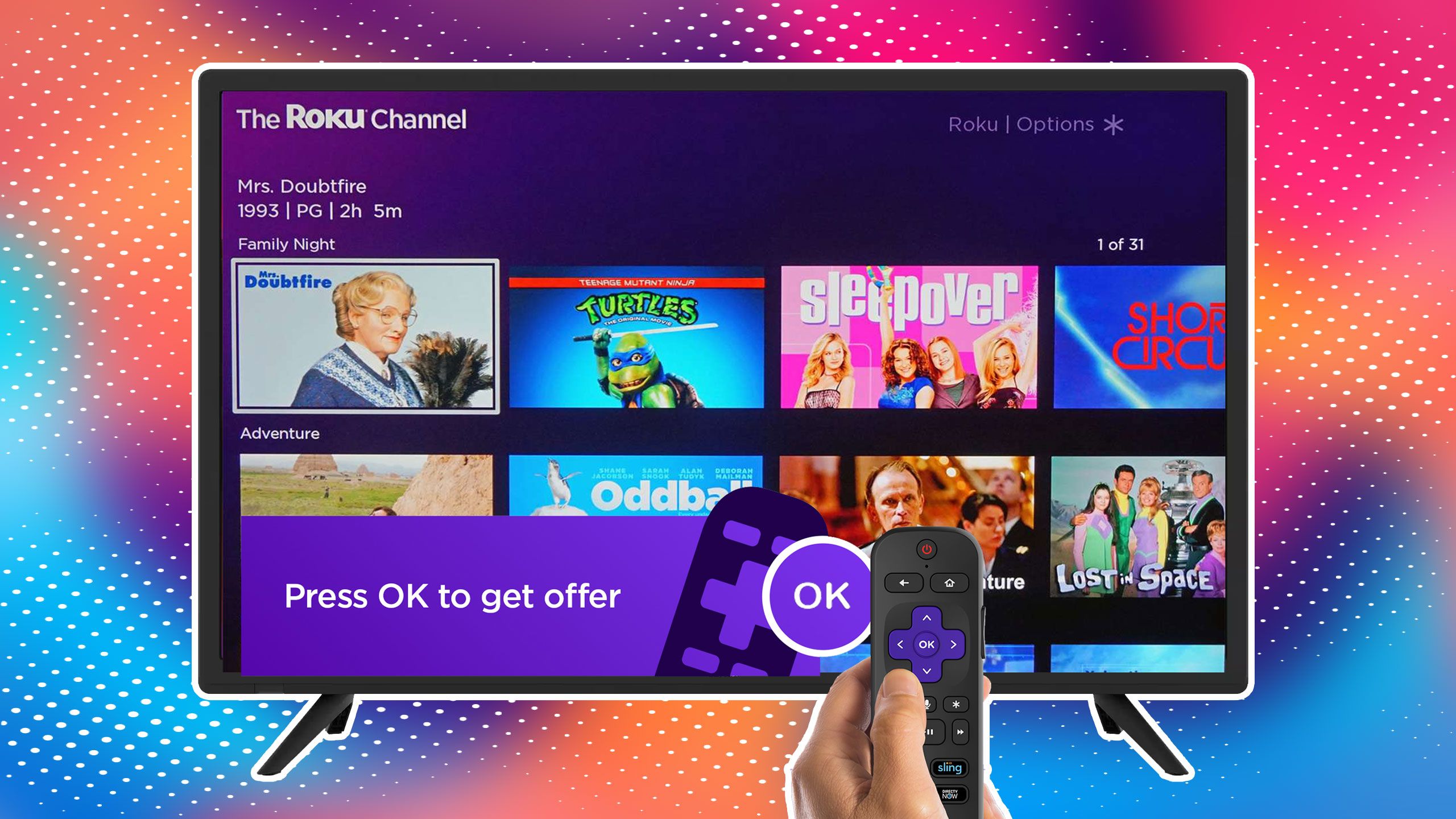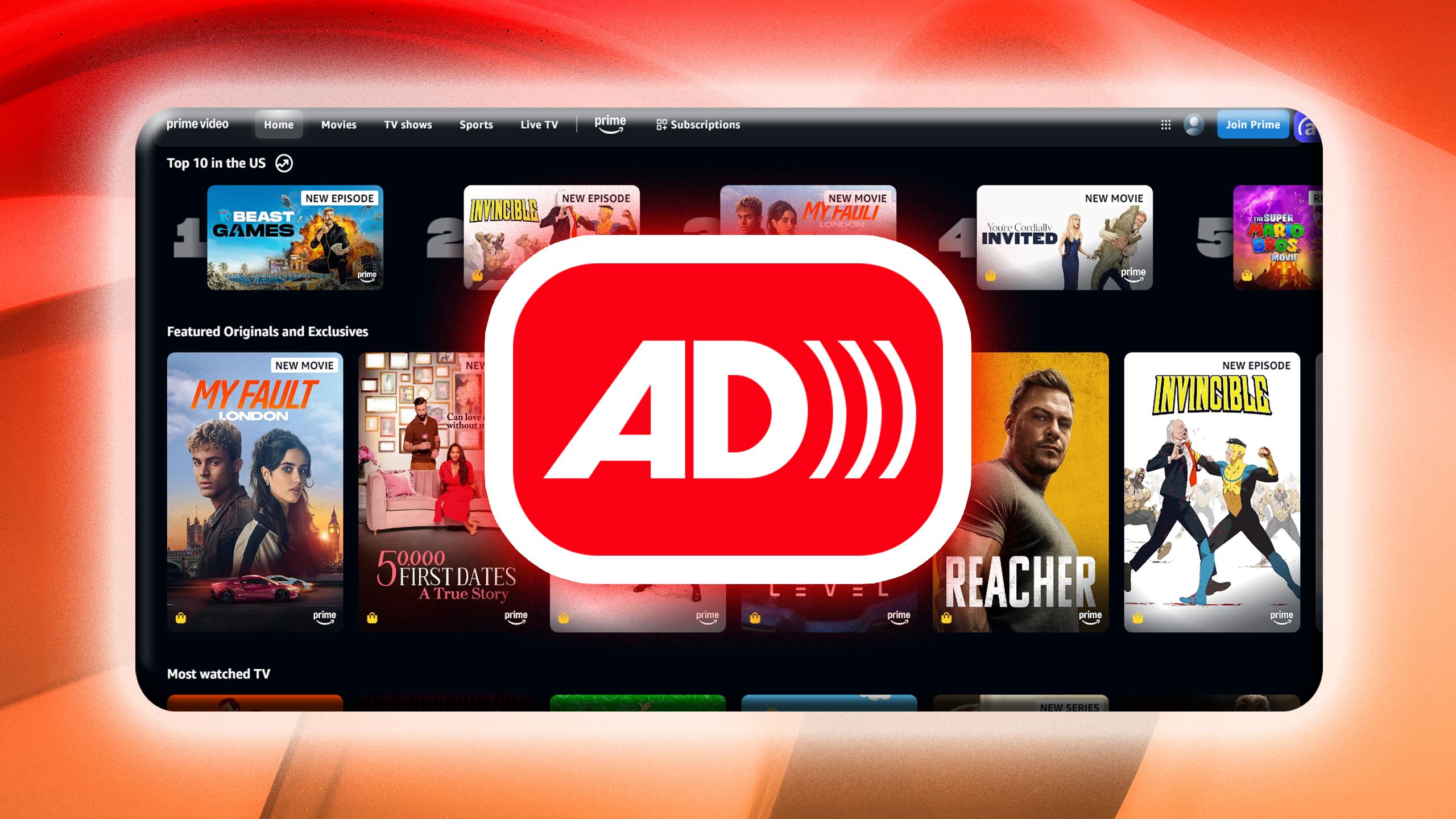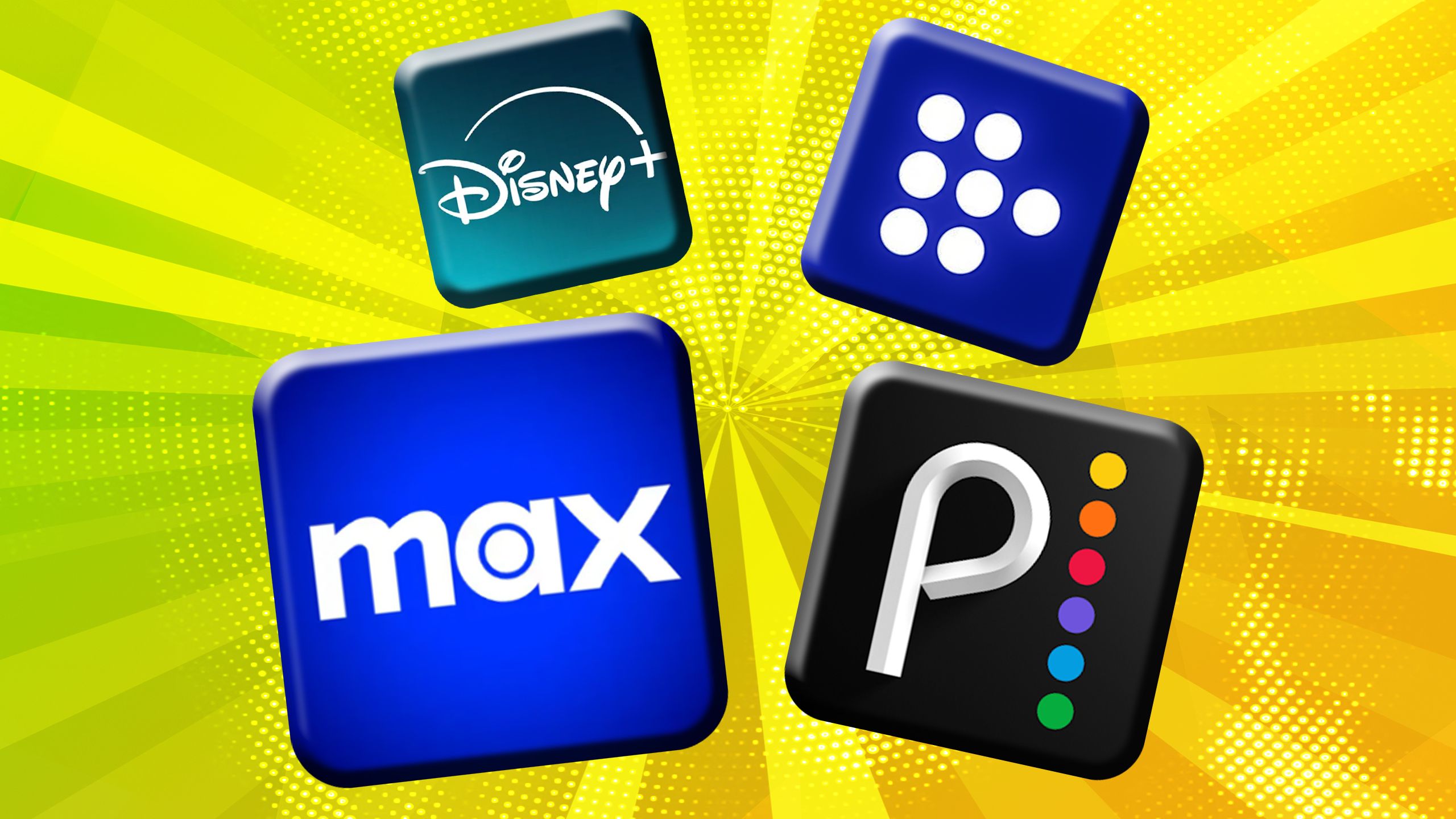Summary
- Expect more price hikes in the near future if you want to stay ad-free.
- Ad-based tiers are becoming the norm with streaming subscriptions.
- Streaming is headed towards the same fate as cable/broadcast – disruption is imminent.
Earlier this week, it was revealed that, for the first time ever, streaming viewership overtook broadcast and cable combined, signaling what many have predicted for a long time: the death of traditional TV. And while there are plenty of contributing factors to the end of nearly a century of terrestrial TV dominance, I think we can all agree that the inciting event was Netflix’s disruptive introduction of low-cost, ad-free streaming back in 2007. And while most industry watchers, as well as savvy consumers, knew that cheap, ad-free watching probably wouldn’t last forever, streaming’s decline into something that is basically cable, but worse, has happened a lot faster than I think most hoped for.
Just a few days ago Prime Video confirmed what most of its viewers had already guessed: ad loads on the platform had been doubled. And in a perhaps not-so-surprising follow-up, Max has revealed that it also quietly boosted the number of ads per hour it shows from four minutes to six.
Warner Bros. Discovery needs to make more money from its streaming service, so this seems like an unfortunate no-brainer for the company which, like Netflix, is making a sizable portion of its revenue from ads. This of course, changes the value proposition for subscribers. What happens when you go from a paying subscriber to a product being sold to advertisers? Nothing good.

Related
New data suggests Netflix could be just $5 away from collapse
With subscription fatigue at a fever pitch, a new survey indicates that today’s streaming bubble might burst sooner rather than later.
Expect more price hikes in the near future if you want to stay ad-free
If you’re not watching ads, streamers aren’t making money
Disney / HBO / NBCUniversal / Pocket-lint
Ads are a lucrative business, and, as we’ve reported previously, have become one of the main ways that streamers are making money, becoming even more important than subscriber fees. Earlier this year, Netflix reported that its revenue rose 16% to $10.2 billion in 2024, largely thanks to ad revenue growth, which doubled over 2023. So, while the streaming giant may offer a $25 a month ad-free option, it’s probably hoping you instead opt for the $8 per month ad-plan, as you’ll likely be making Netflix a lot more money as an ad consumer than a paid subscriber. Perhaps it’s little wonder then that price hikes are happening multiple times per year now as companies try to entice viewers into subscribing at lower tiers so they can view more ads.
So far, the streamers’ strategy is working. According to the most recent figures from The Streamable, 55% percent of new streaming subscriptions purchased in 2024 were ad-based tiers, a jump of 12% from the previous year. It’s clear that ad-based tiers are quickly becoming the default way to watch, and while this may continue to be the case for the next several years, history shows us that this won’t be the case forever.

Related
Streaming services are pricing consumers out on purpose
Streamers are purposely making their ad-supported plans appealing.
More disruption is likely on the way
Streaming will become the new cable/broadcast in no time
Streaming largely rose to prominence because consumers were sick of seeing ad after ad on broadcast and cable. And now that streaming is filled with the same ads, it’s only a matter of time before something comes along to replace it. We’re already seeing the start of this with a new surge in interest in physical media, particularly among young consumers, per the BBC, and The Wrap reports that 27.8% of Americans are experiencing “streaming fatigue,” which is described as a feeling of overwhelm related to the current streaming ecosystem. And that’s not even getting into a newfound interest in piracy, which is easier than ever thanks to Amazon’s Fire Sticks.
It’s sad to see the streaming world fall into the same trap that doomed cable and broadcast, but the silver lining here is that as the product continues to get worse, this space becomes the perfect environment for disruption. Streaming may be on top now, but unless something drastically changes, there’s no way it will stay there for long.

Related
Unchecked greed led to Amazon ruining its own streaming service
People don’t seem happy with Amazon Prime Video’s strategy, and I’m with them.











